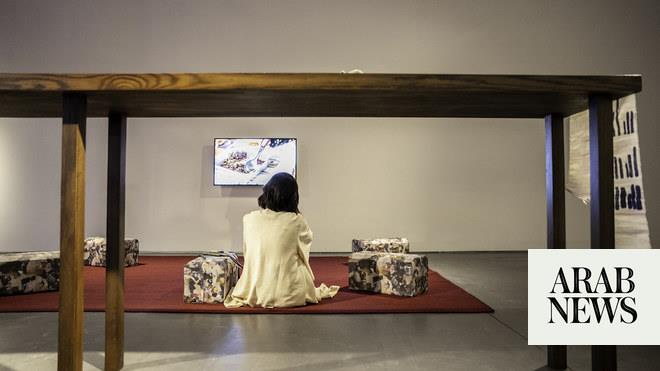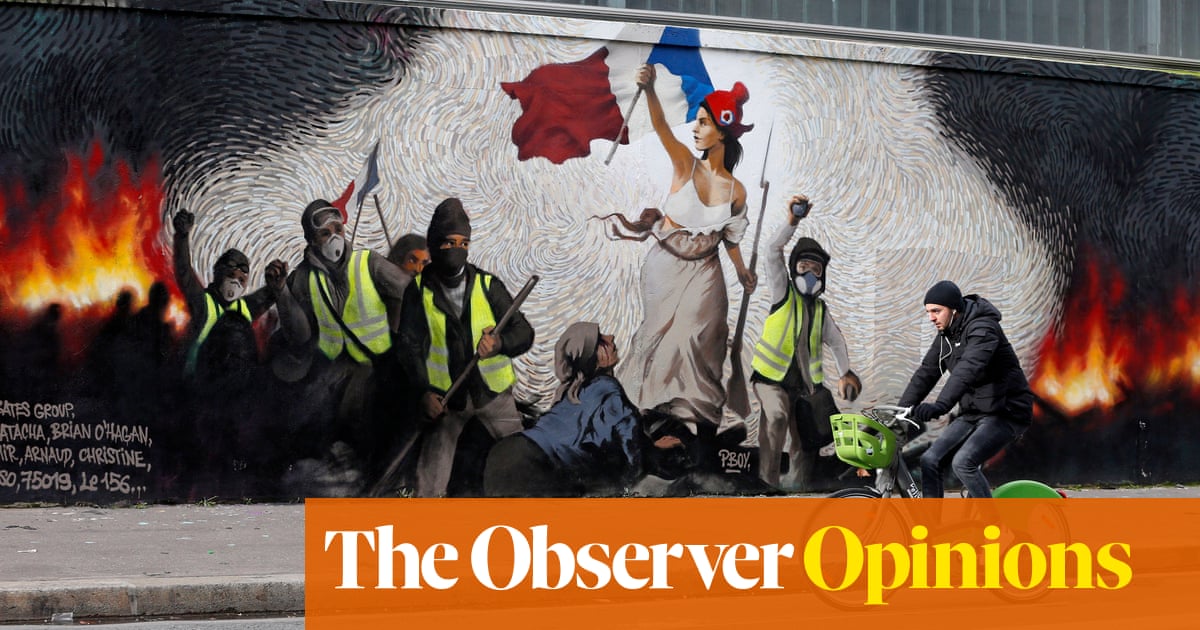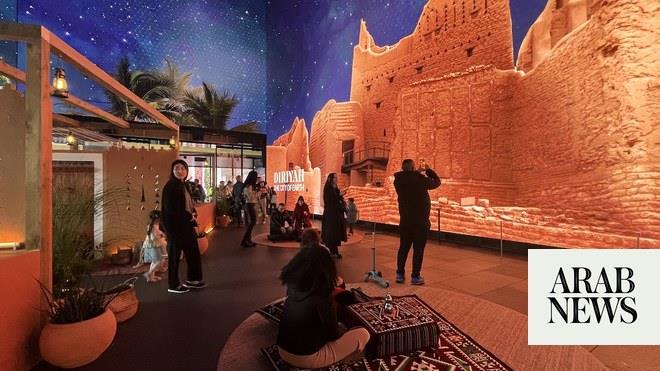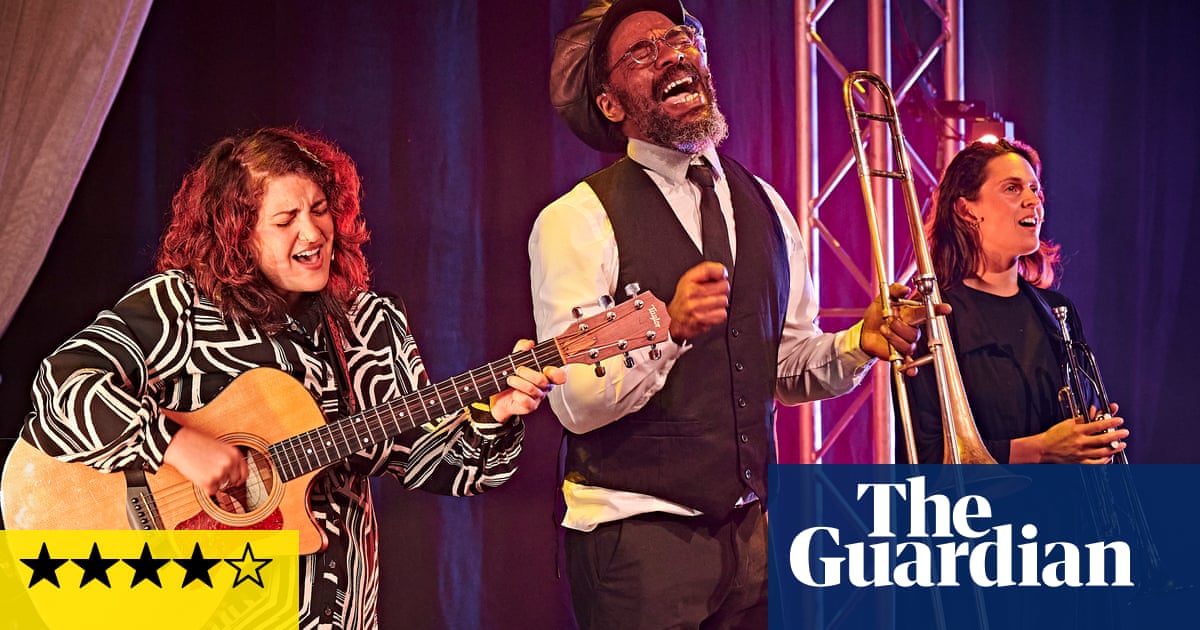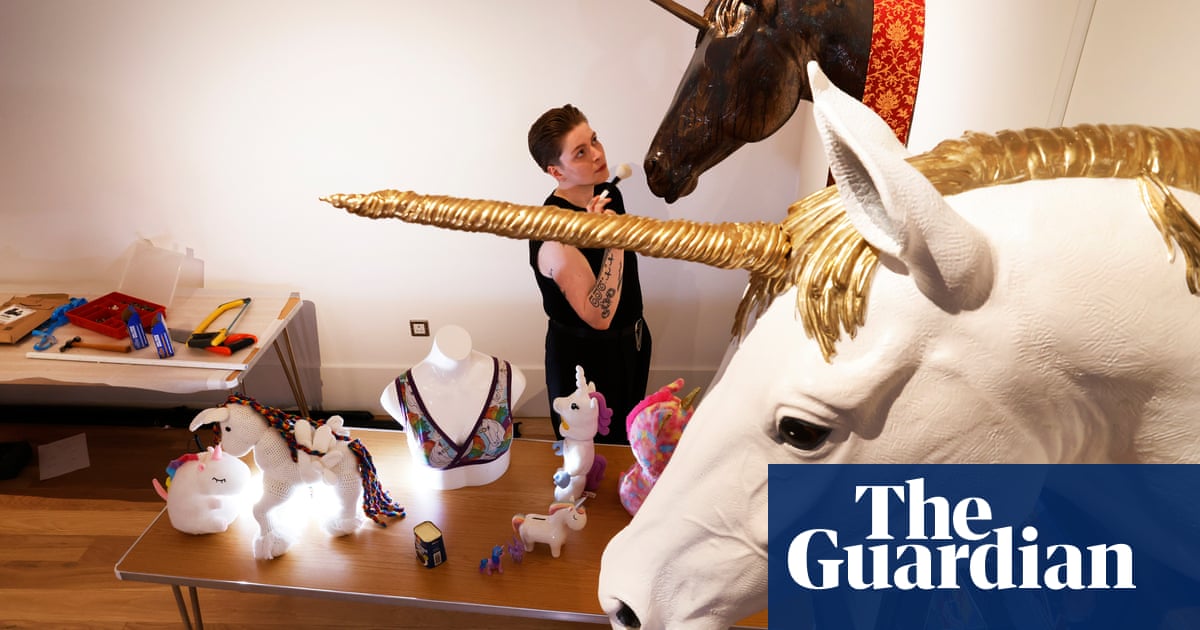
Across two millennia, the unicorn has accumulated a wealth of symbolism reflecting the preoccupations of the ages. But two qualities remain consistent – that the fantastical horse-like creature with a single, spiralling horn protruding from its forehead is impossible to capture and that it possesses an extraordinary capacity to heal.
From the Roman author Pliny’s description of a beast with a bellowing roar, through its choice as an emblem of Scottish royalty to its contemporary adoption as an icon of diversity by the LGBTQ+ community, the unicorn is the subject of a major exhibition opening next weekend in Perth.
The first UK exhibition to investigate the cultural history of this elusive, magical and well-loved creature will be the centrepiece of the opening celebrations at the new Perth Museum, after a £27m transformation of the former City Hall, where another object of enduring national fascination, the Stone of Destiny, will be on permanent display.
“We’re exploring how people conceptualise an animal that they’ve never seen,” says the lead curator, JP Reid, as he contemplates a 700-year-old, 2.5-metre-long narwhal tusk on loan from the Wellcome Collection in London.
The tusks of these Arctic whales were traded as unicorn horns, conferring great status and valued at about 20 times the equivalent weight in gold by the Renaissance.
Indeed, the existence of the narwhal, often described as the unicorns of the sea, convinced many that there was a land-bound equivalent.
“For people in medieval and Renaissance Europe, the unicorn is just another animal that travellers would talk about,” says Reid. “They were as real as rhinos, elephants or giraffes. It was, surprisingly, as late as the end of the 19th century that people in the west were saying: ‘Oh, maybe this isn’t real’.”
The unicorn acquired this hefty symbolism through its status in early Christianity, featuring in a selection of 13th-century bestiaries – collected descriptions of animals, real and imaginary, popular in the middle ages – which are part of the display. “The unicorn was a symbol of innocence and chastity and, in time, the story develops that the only way you can catch one is by baiting it with a virgin woman,” says Reid. He pauses. “There’s obviously a lot of innuendo going on.”
By the Renaissance this mythical creature had so much symbolic association that people were comfortable using their supposed horns for medicines, using pendants made of narwhal tusk to purify water and mixing scrapings for a curative treatment.
In the 15th century, James I adopted the unicorn as the “branding” of the royal Stuarts, but always depicted in chains to recognise his years of captivity in England before the union of the crowns.
But the unicorn’s reach extends well beyond the historic and at least half of the exhibition is dedicated to present-day incarnations. A mass display of crowd-sourced items – including My Little Ponies, novelty hats, rainbow-hued stuffed toys and clothing – reflects the creature’s ubiquity across pop and kid culture.
With a nod to other antique examples of taxidermy in the museum’s permanent collection, the final section of the exhibition features six newly commissioned pieces exploring the ongoing challenges faced by the queer community globally, including transgender inclusion, conversion practices and institutional homophobia, transforming blank, lifesize horse heads around the theme of “unicorn hunting in 2023”.
“Queer stories are so seldom told in museums,” says Jennie Grady, the community co-production officer who has worked in partnership with local LGBTQ+ groups on the exhibition. “Especially with the political climate, where young people feel it’s more of a struggle than ever just to exist, it felt so important to celebrate why the unicorn resonates with them, because it is beautiful and resilient, because it’s always been there, even if you can’t see it.”
For Ashleigh Hibbins, the head of audiences at the museum, there is a question of sustainability too. “This is a £27m project and an opportunity to tell stories in a different way – we’ve been telling the pale, male and stale stories in museums from time immemorial and for institutions to stay relevant we need to represent the people around us. It’s not just a moral consideration but a practical one.”





